Creating a wildlife-friendly garden in the fall is a wonderful way to support local ecosystems and enjoy the beauty of nature. By providing food, water, shelter, and habitat, you can attract a variety of wildlife, from birds and butterflies to beneficial insects and small mammals. Here are some essential tips to transform your garden into a haven for wildlife this fall.
Plant Native Species
Native plants are the cornerstone of a wildlife-friendly garden. They provide food and habitat for local wildlife and are well-adapted to the local climate and soil conditions.
- Choose Native Plants: Select a variety of native trees, shrubs, flowers, and grasses. Native plants offer the best resources for wildlife.
- Diverse Planting: Plant a mix of species to provide year-round food and shelter. Include plants that produce berries, nuts, and seeds.
Provide Food Sources
Food is essential for attracting and sustaining wildlife. Fall is a critical time for many species to build up energy reserves for the winter.
- Seed-Producing Plants: Grow plants that produce seeds, such as sunflowers, coneflowers, and asters. These provide a natural food source for birds and small mammals.
- Fruit-Bearing Shrubs: Include shrubs like holly, viburnum, and elderberry that produce berries in the fall. These are excellent food sources for birds.
- Leave Seed Heads: Instead of cutting back all plants, leave some seed heads on flowers like black-eyed Susans and goldenrods. These seeds provide food for birds.
Water Sources
Water is crucial for wildlife, especially during the dry fall months.
- Bird Baths: Install bird baths and keep them clean and filled with fresh water.
- Ponds and Water Features: Small ponds or water features can attract a variety of wildlife, including amphibians, birds, and insects.
- Drippers and Misters: Use drippers and misters to create a gentle water source for smaller creatures.
Create Shelter and Habitat
Providing shelter and nesting sites helps protect wildlife from predators and harsh weather.
- Brush Piles: Create brush piles using fallen branches and leaves. These provide cover for small mammals, birds, and insects.
- Nest Boxes: Install nest boxes for birds, bats, and other small creatures. Make sure they are designed for the specific species you want to attract.
- Dense Plantings: Plant dense shrubs and ground covers to offer hiding places and nesting sites.
Avoid Chemicals
Pesticides and herbicides can harm wildlife. Opt for organic and wildlife-friendly gardening practices.
- Organic Gardening: Use organic fertilizers and pest control methods to protect wildlife and the environment.
- Integrated Pest Management (IPM): Implement IPM practices to manage pests without harmful chemicals.
Plant for Pollinators
Pollinators like bees, butterflies, and hummingbirds play a vital role in the ecosystem. Planting for pollinators helps support their populations.
- Late-Blooming Flowers: Include late-blooming flowers like asters, sedum, and goldenrod to provide nectar and pollen through the fall.
- Host Plants: Plant host plants for butterfly larvae, such as milkweed for monarchs and parsley for swallowtails.
Create Wildlife Corridors
Wildlife corridors connect different habitats, allowing animals to move safely between them.
- Hedges and Shrubs: Plant hedges and shrubs to create natural corridors.
- Wildlife-Friendly Fencing: Use fencing that allows small animals to pass through while keeping larger animals out.
Maintain a Natural Garden
A wildlife-friendly garden embraces natural processes and a bit of wildness.
- Leave Leaves: Let fallen leaves remain on the ground to decompose naturally. They provide habitat for insects and enrich the soil.
- Limit Pruning: Avoid excessive pruning. Dead wood can provide habitat for insects and fungi, which are food sources for birds.





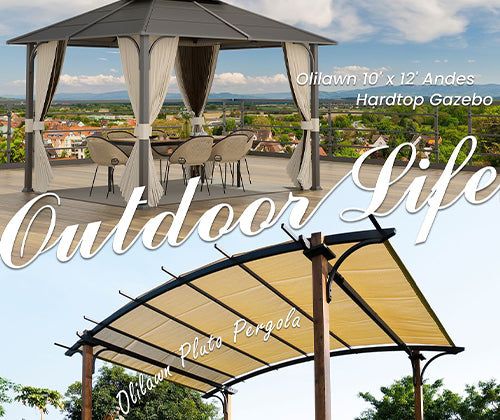

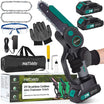
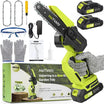









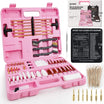
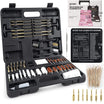
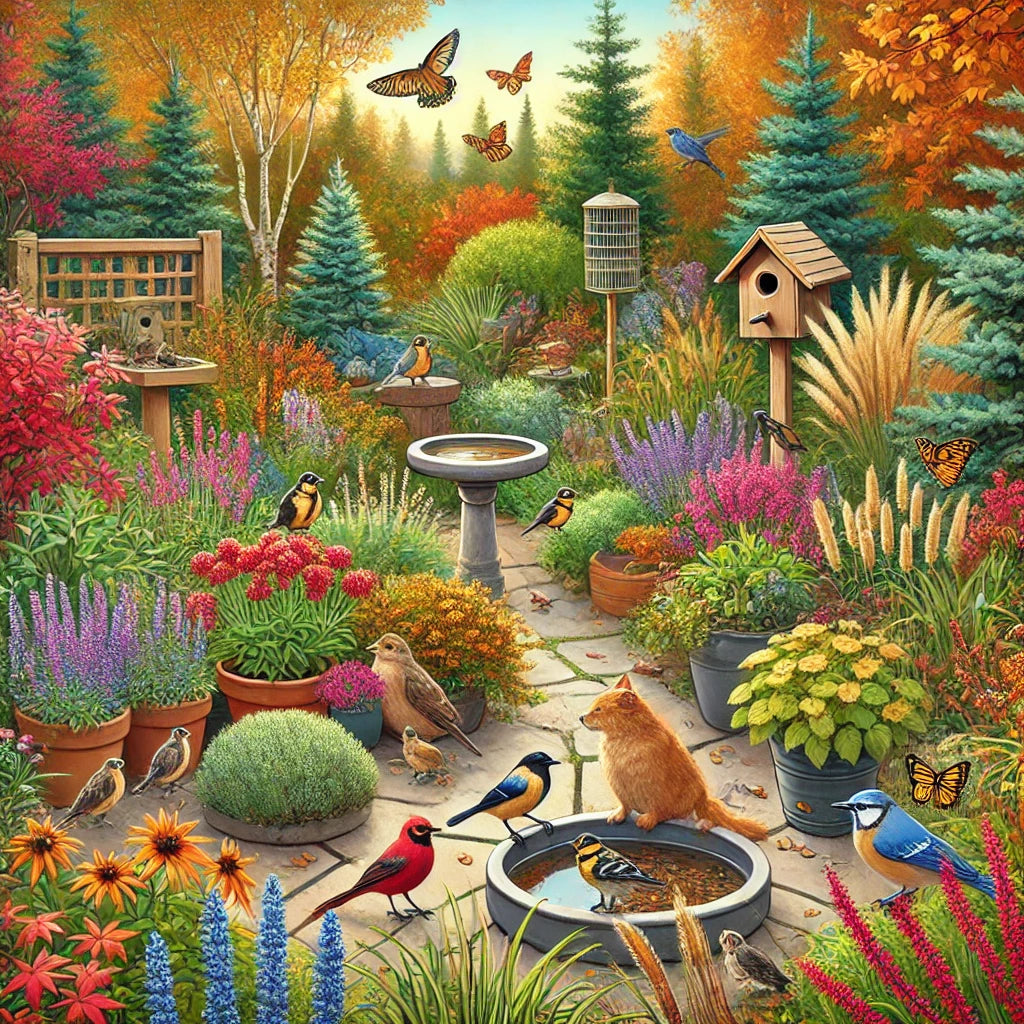
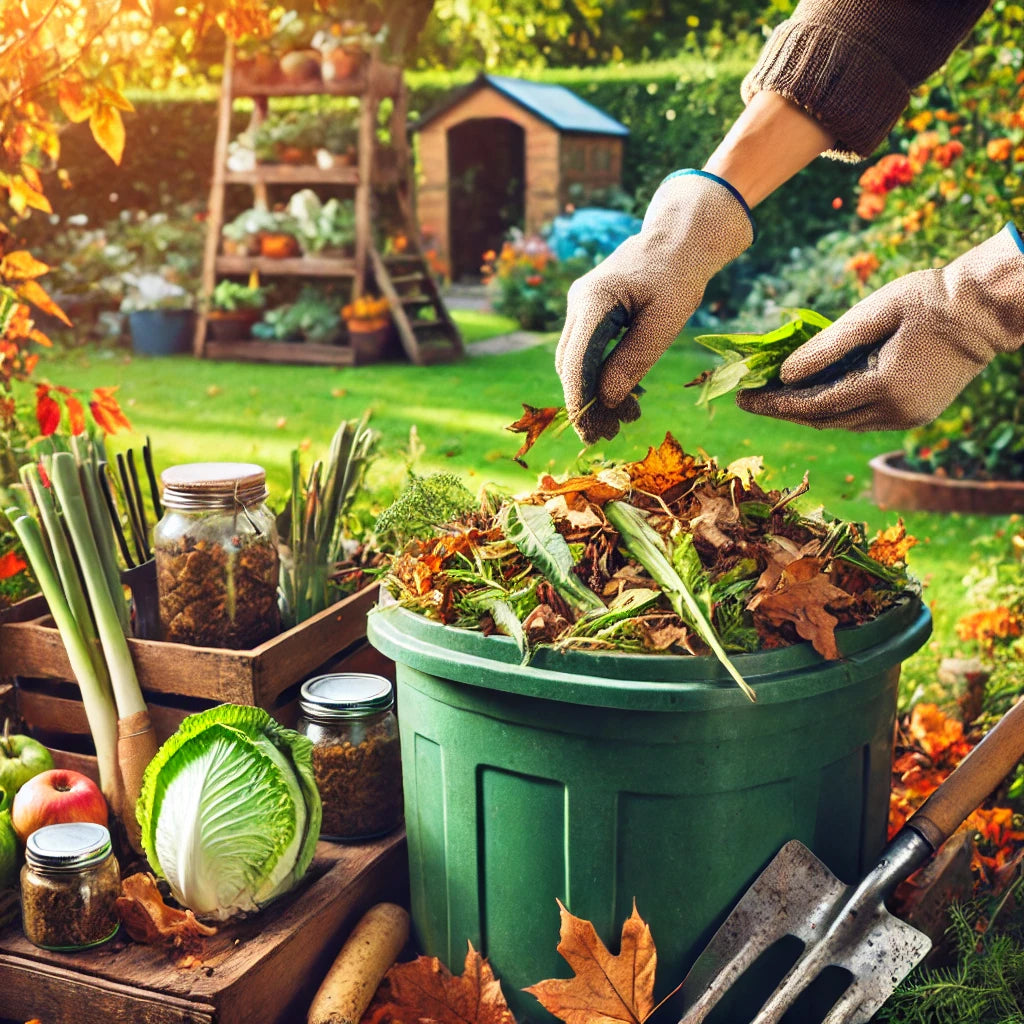
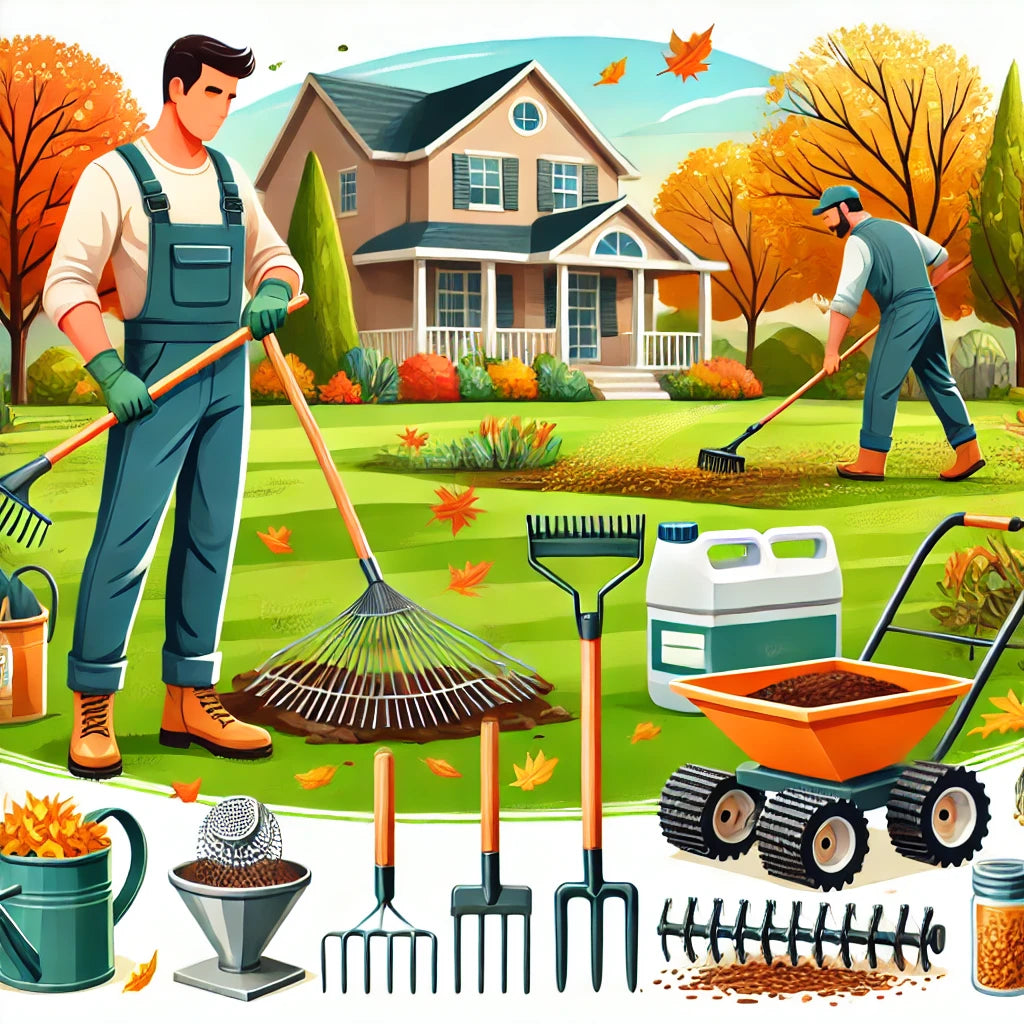
Leave a comment
All comments are moderated before being published.
This site is protected by hCaptcha and the hCaptcha Privacy Policy and Terms of Service apply.